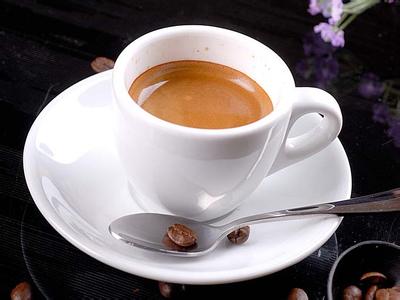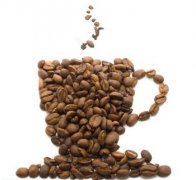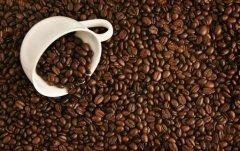Countries use coffee by-products to develop drinks

Recently, Belgium has made a material from the pulp of a new variety of white coffee, which has the same ingredients as ordinary coffee, but milky white, easy to digest and absorb, and has a variety of health functions. The creators have not only broadened the utilization of waste pulp, but also used this raw material to make coffee soda, which is quite suitable for athletes and people with indigestion.
Not long ago, Japan's New Century Food Company developed a "coffee spray drink" using waste coffee powder, which has recently become a bestseller in the market. This new type of beverage is an espresso liquid in a spray aluminum can. The nozzle at the top of the container can spray a concentrated fog of coffee with a touch of the hand, which can be directly sprayed into the entrance or diluted with water or hot water. The process of using waste coffee liquid to produce spray drink concentrate has no contact with air all the time, makes use of overpressure effect, and uses carbonate gas to seal aluminum cans to prevent oxidation, which is comparable to high-grade fresh coffee.
Therefore, the wine with unique flavor can be made by using the waste pulp of coffee. Studies by experts in Zaire show that about 15 kilograms of coffee pulp can produce 1 kilogram of alcohol with a concentration of 90 percent. Zaire pioneered the production of "Robosta" coffee wine, clear and transparent, with strong aroma of delicious coffee, has been well-known in Europe and the United States in the past two years.
After the wastewater from wet processing coffee is concentrated and fermented, 4.6% acetic acid can be obtained. A Japanese condiment company is the first to use its refined coffee vinegar with high taste price and rich nutrition, which has become popular in the international market.
The development of new technology in India shows that the mucus produced by wet processing of coffee berries can extract high-taste pectin. Pectin is an important raw material used in food, beauty and pharmaceutical industries. 50 to 120 grams of pectin can be extracted per kilogram of fresh coffee berries.
German scientists have also developed the process of making caffeine from coffee waste and scraps, and obtained a more efficient process. Caffeine has developed ideal uses in animal husbandry and veterinary medicine, human cancer prevention and family planning. Caffeine is also used in beverages and medicine because of its exciting and refreshing effect.
An American company using discarded coffee pulp to extract protein has entered large-scale production. And developed a number of new technologies for the application of coffee protein, such as the use of cooling template and extrusion method to produce meat-like protein products; the use of coffee 7s part of the enzyme modified into egg white products; these products are new raw materials and ingredients for the food industry.
Brazilian researchers have successfully used waste coffee powder to extract high-grade edible oil and have planned large-scale production.
Important Notice :
前街咖啡 FrontStreet Coffee has moved to new addredd:
FrontStreet Coffee Address: 315,Donghua East Road,GuangZhou
Tel:020 38364473
- Prev

How to distinguish the advantages and disadvantages of instant coffee by senses
Instant coffee is coffee beans roasted and crushed to get pure coffee, and then extracted and vacuum concentrated into powdered coffee, which can be brewed at any time and dissolve in boiling water. The shelf life of instant coffee is usually two years. Now I would like to introduce the sensory identification of the quality of instant coffee, which can be divided into two stages: before brewing and after brewing. (1) pre-brewing identification? Good quality instant caffeine varieties
- Next

How to choose coffee pot and coffee beans how to choose coffee beans
Now the coffee pots on the market are all drip-type, and they are divided into Japanese style, American style and Italian style. The Japanese coffee maker, also known as the siphon pot, has an alcohol lamp on the base and two glass balls on it. It heats the water from the lower glass ball to produce water vapor, pushes the hot water from the lower sphere to the upper pot, and then sucks back the coffee extracted from the upper glass ball after the lower pot cools. Cooked in a Japanese coffee pot
Related
- Beginners will see the "Coffee pull flower" guide!
- What is the difference between ice blog purified milk and ordinary milk coffee?
- Why is the Philippines the largest producer of crops in Liberia?
- For coffee extraction, should the fine powder be retained?
- How does extracted espresso fill pressed powder? How much strength does it take to press the powder?
- How to make jasmine cold extract coffee? Is the jasmine + latte good?
- Will this little toy really make the coffee taste better? How does Lily Drip affect coffee extraction?
- Will the action of slapping the filter cup also affect coffee extraction?
- What's the difference between powder-to-water ratio and powder-to-liquid ratio?
- What is the Ethiopian local species? What does it have to do with Heirloom native species?

